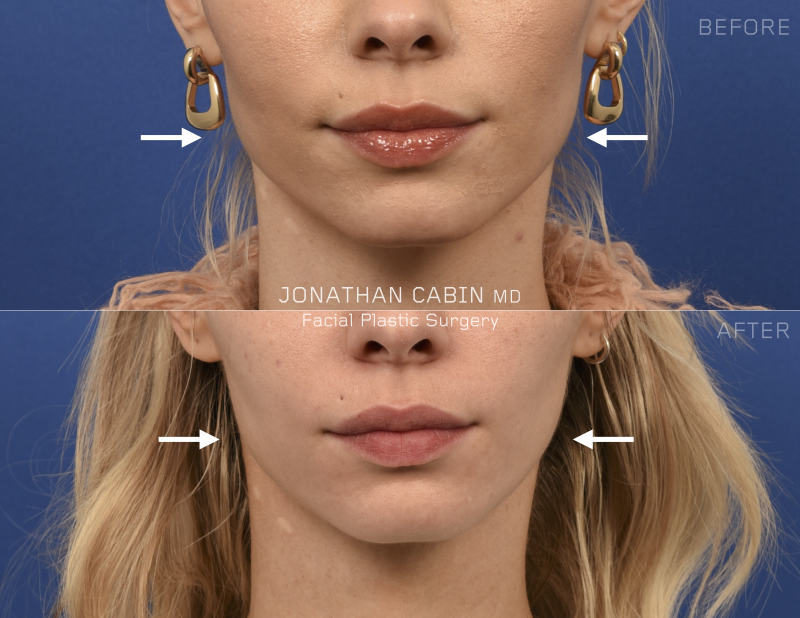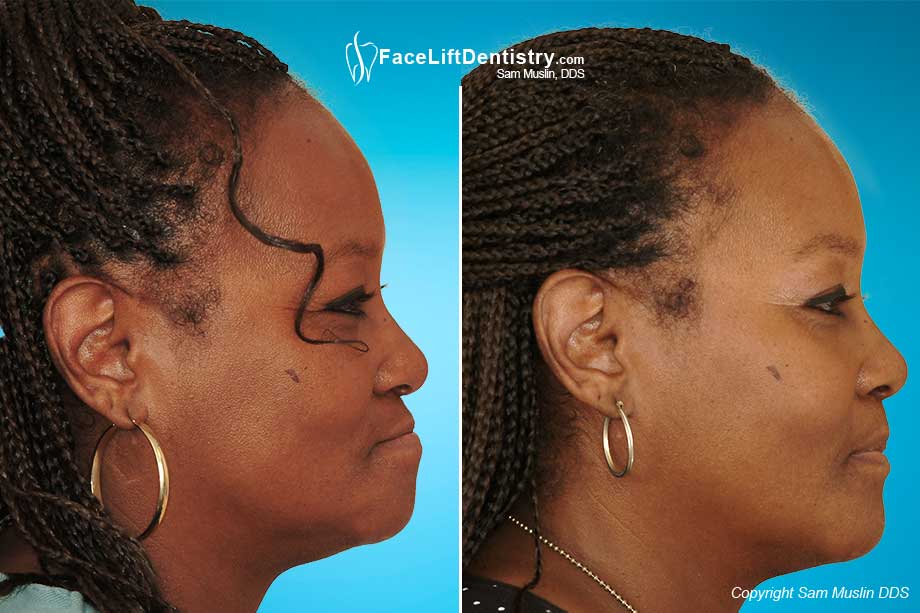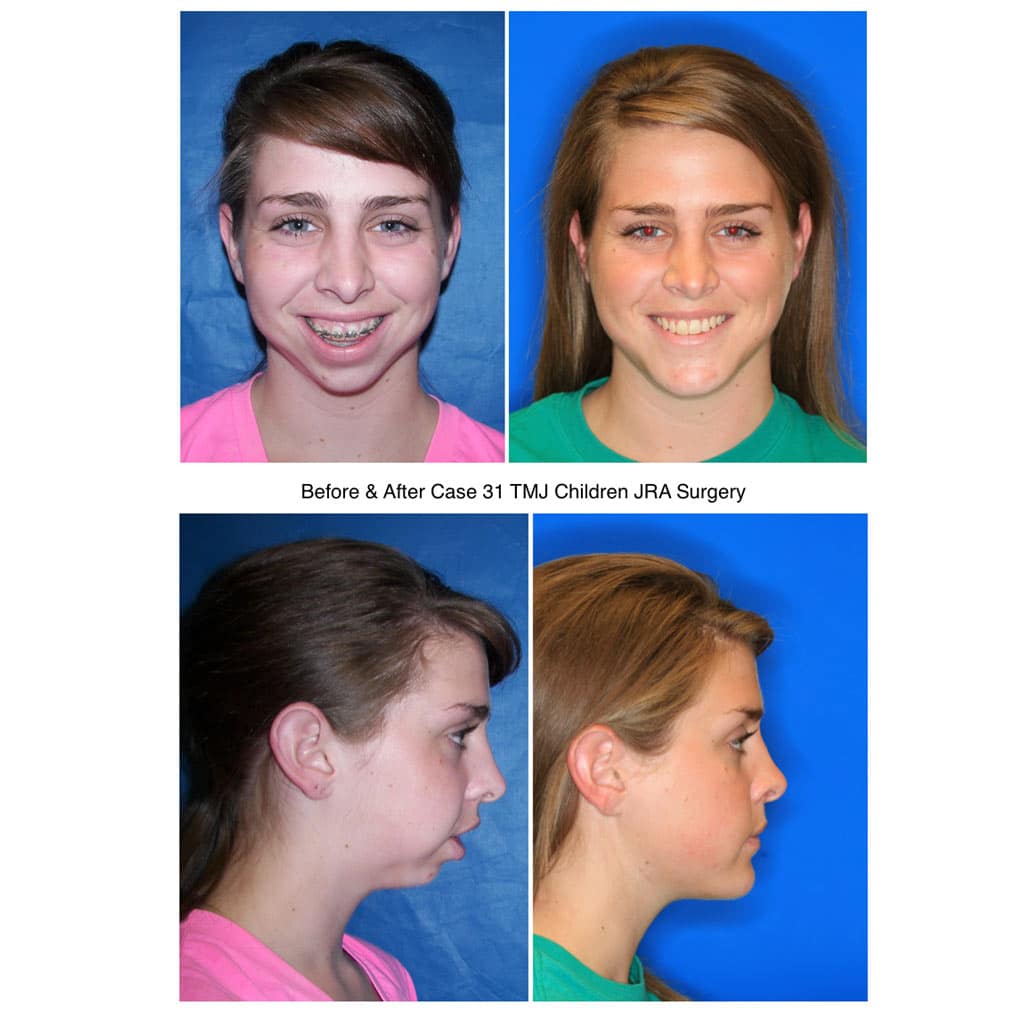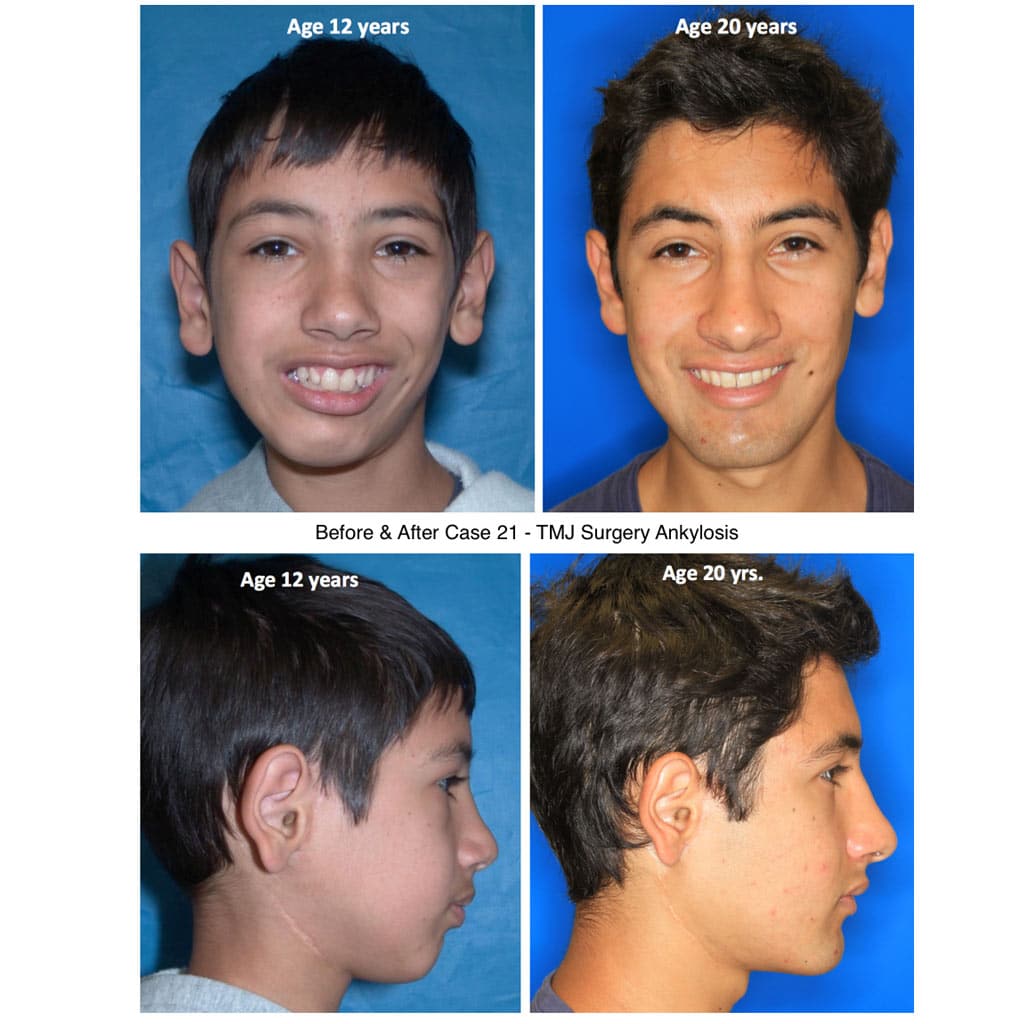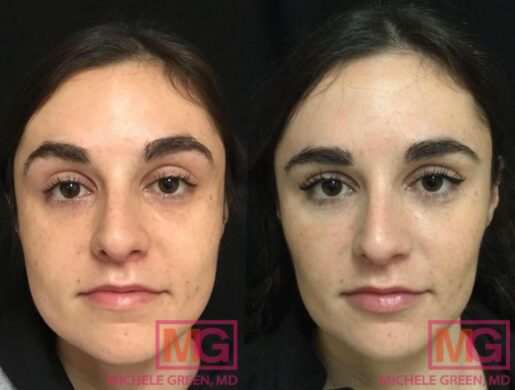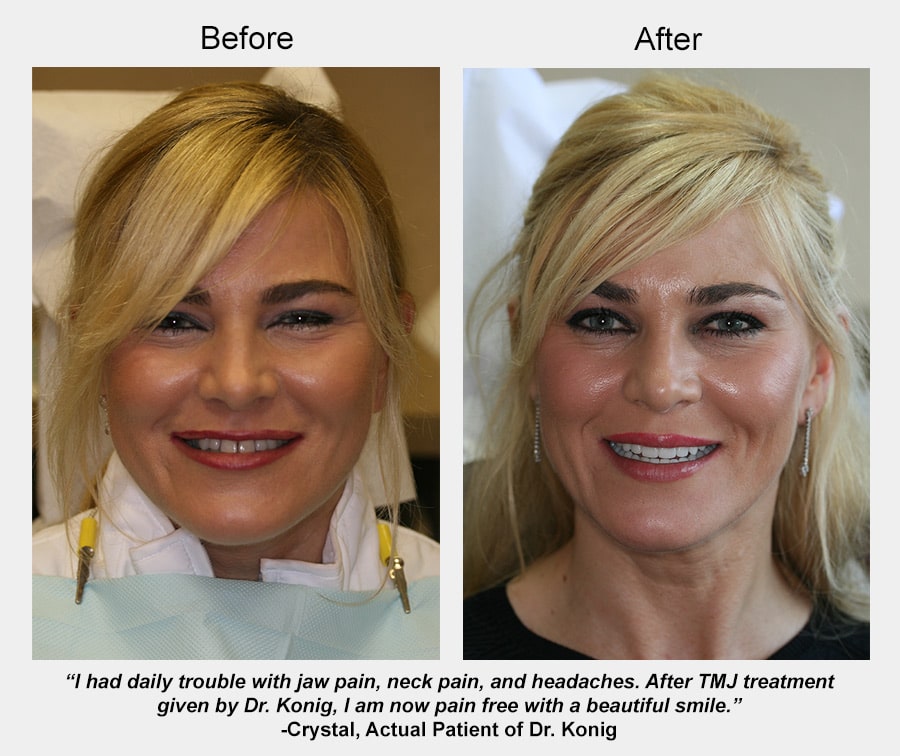Does Tmj Surgery Change Your Face

The decision to undergo temporomandibular joint (TMJ) surgery is often driven by debilitating pain and severely limited jaw function. But for many contemplating this procedure, a significant concern looms large: will TMJ surgery alter my facial appearance? This question, fueled by anecdotal evidence and readily available online images, deserves a nuanced and evidence-based examination.
While the primary goal of TMJ surgery is to alleviate pain and improve jaw function, changes to facial aesthetics can, in some cases, be an unavoidable consequence. The extent and nature of these changes depend heavily on the type of surgery performed, the individual's anatomy, and the surgeon's skill. This article delves into the complex relationship between TMJ surgery and facial aesthetics, exploring the procedures most likely to impact appearance, the potential for both positive and negative changes, and expert opinions on managing patient expectations.
Understanding TMJ Surgery and its Impact
TMJ disorders encompass a range of conditions affecting the temporomandibular joint, which connects the jaw to the skull. Treatment options vary widely, from conservative therapies like physical therapy and medication to surgical interventions.
Types of TMJ Surgery
Different surgical approaches carry varying degrees of potential for facial changes.
Arthroscopy, a minimally invasive procedure, involves inserting a small camera and instruments into the joint to diagnose and treat certain conditions. Because it doesn't involve significant bone or soft tissue alteration, arthroscopy is less likely to cause noticeable facial changes compared to open joint surgeries.
Arthroplasty, or open joint surgery, may be necessary for more severe TMJ problems, such as bone degeneration or severe internal derangement. This involves a larger incision and potentially bone reshaping, increasing the risk of altering facial contours.
Total joint replacement, the most invasive option, involves replacing the entire TMJ with a prosthetic joint. This type of surgery carries the highest potential for altering facial appearance, particularly if the prosthetic joint significantly alters the jaw's position or vertical height.
How Surgery Can Change Your Face
The impact on facial appearance stems from several factors.
Changes in jaw position, achieved during some surgical procedures to correct malocclusion or joint dysfunction, can directly affect facial symmetry and the prominence of the chin. Bone reshaping during arthroplasty can similarly alter the jawline and cheekbone contours.
Soft tissue changes, including swelling, scarring, and muscle atrophy, can also contribute to noticeable alterations in facial aesthetics. Swelling is a temporary effect but can be significant immediately after surgery. Muscle atrophy may occur if jaw function is restricted during the recovery period.
Potential for Positive and Negative Changes
Facial changes following TMJ surgery are not always perceived as negative. In some cases, they can lead to improvements in facial harmony.
Positive Outcomes
Correction of a receding chin or improved facial symmetry are possible benefits when jaw position is adjusted during surgery. Alleviating chronic pain can also lead to an improved overall appearance as patients feel more relaxed and confident.
Negative Outcomes
Potential negative changes include a flattened cheek, an altered jawline, or asymmetry resulting from uneven healing or surgical complications. Visible scarring can also be a concern, particularly with open joint surgeries.
Nerve damage is a risk associated with any surgery near the facial nerves and can lead to muscle weakness or paralysis, further impacting facial aesthetics.
Expert Perspectives and Patient Expectations
Managing patient expectations is crucial in the context of TMJ surgery.
Dr. Anya Sharma, a renowned oral and maxillofacial surgeon, emphasizes the importance of thorough pre-operative consultations. "Patients need to understand the potential risks and benefits of surgery, including the possibility of facial changes," she states. "We use imaging technology to simulate potential outcomes and discuss realistic expectations."
The American Association of Oral and Maxillofacial Surgeons (AAOMS) stresses the need for patients to discuss their concerns about facial aesthetics with their surgeon before proceeding with surgery. A comprehensive evaluation of the patient's facial structure and a detailed surgical plan can help minimize unwanted aesthetic changes.
"It's not about promising a specific aesthetic outcome, but rather about addressing the underlying functional problem while being mindful of the potential impact on the patient's appearance," says Dr. Sharma.
Mitigating the Risk of Undesirable Changes
Several strategies can help reduce the likelihood of negative aesthetic outcomes.
Choosing an experienced and qualified surgeon is paramount. Skilled surgeons are better equipped to perform the procedure with precision and minimize the risk of complications that can lead to facial changes.
Minimally invasive techniques, when appropriate, can reduce the extent of soft tissue trauma and scarring. Precise surgical planning, utilizing advanced imaging techniques, is vital for avoiding over-correction or unintended alterations to facial contours.
Adhering to post-operative instructions, including physical therapy and proper wound care, can promote optimal healing and minimize swelling and scarring.
Looking Ahead
Research continues to advance the field of TMJ surgery. Future advancements in surgical techniques, prosthetic joint design, and regenerative medicine may further minimize the risk of undesirable facial changes and improve long-term outcomes.
3D printing technology allows for the creation of customized implants that perfectly match the patient's anatomy, reducing the risk of facial asymmetry or unnatural contours. Biologic therapies, such as platelet-rich plasma (PRP), may promote faster healing and minimize scarring.
Ultimately, the decision to undergo TMJ surgery should be made after careful consideration of the potential risks and benefits, including the possibility of facial changes. Open communication with a qualified surgeon and realistic expectations are key to achieving a successful outcome and improved quality of life.

